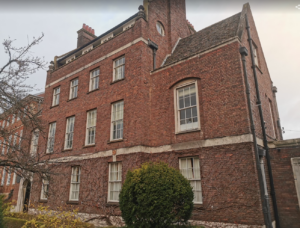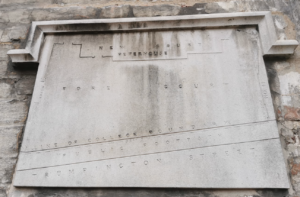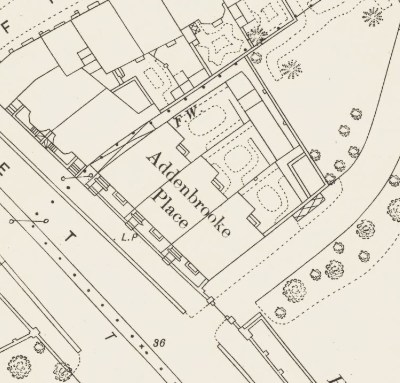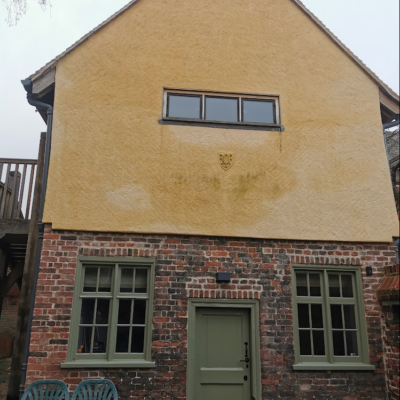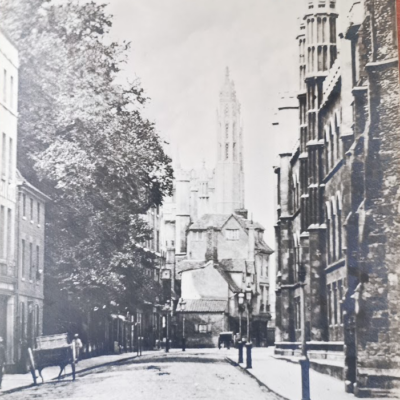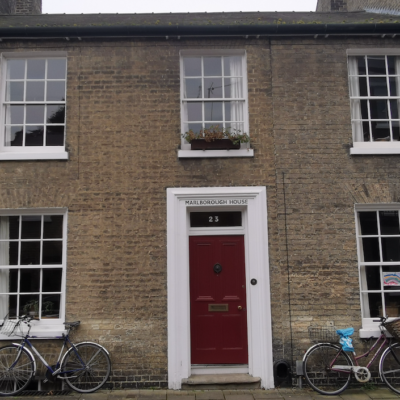Search by topic
- archaeology
- Building of Local Interest
- charity
- church
- crime
- dressmaker
- fire
- Great Eastern Railway
- Listed building
- Mapping Relief
- medieval
- oral history
- poverty
- Public House
- Rattee & Kett
- Religious House
- Roman
- scholar
- school
- Then and Now
- tudor
- women
- work
- world war one
- world war two
Search by text
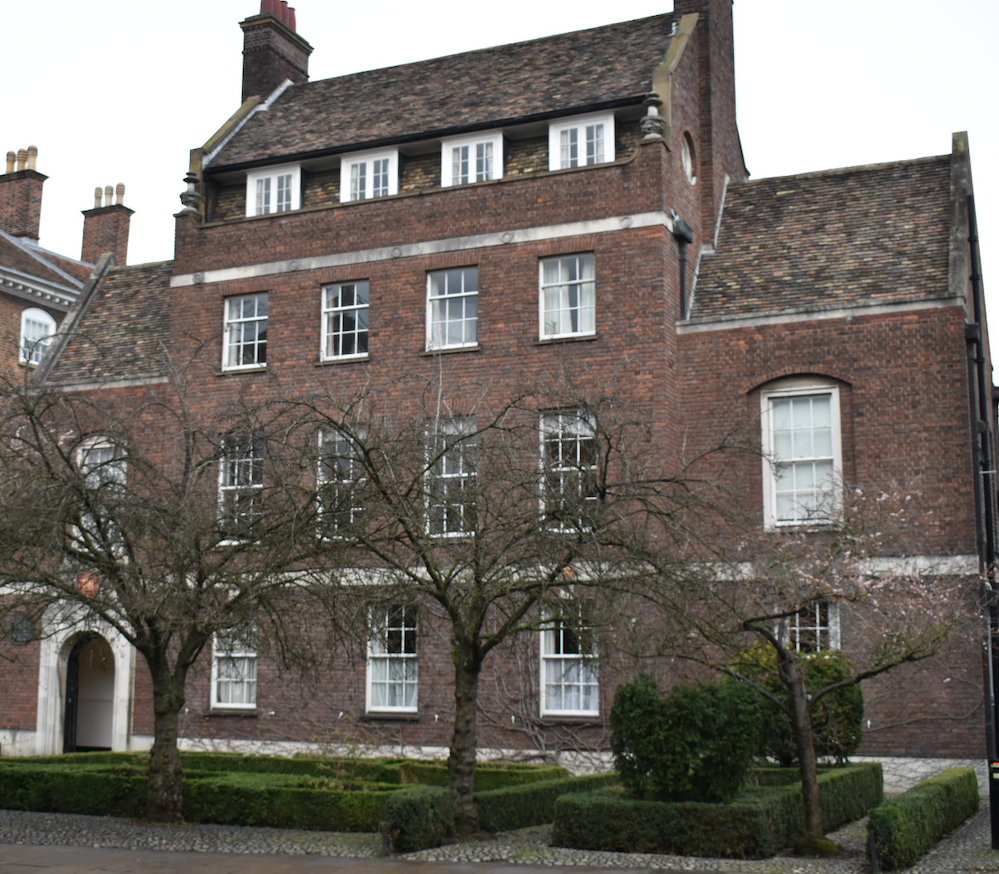 Peterhouse Hostel, Trumpington Street Cambridge
Peterhouse Hostel, Trumpington Street Cambridge42, 43, 44 Trumpington Street
History of Peterhouse Hostel
1871 (43)
Charles Whichello, 38, grocer, b Bourn
Hannah, 35, b Middlesex
Annie, 8, b Cambridge
Lizzie, 6, b Cambridge
Richard, 4, b Cambridge
Edmund, 2, b Cambridge
Charles, 1, b Cambridge
William F, 3 mos, b Cambridge
Emma Young, 22, book keeper, b Essex
William Billson, 15, grocers assistant, b Leicester
Emma Brown, 26, servant, b Stetchworth
Rebecca Miller, 24, nursemaid, b Burwell
Ellen E Franklin, 14, nursemaid, b Cambridge
In August 1876 Josiah Chater’s eldest daughter, Ethel, went to work at Whicello’s grocery shop. She started at 7.30 am, left at 8 or 9 in the evening, had all her meals there and was paid £26 a year.
1913
(42) Miss Goulding
(43a) Edmund Seymour Curtis
(43) Holt’s grocery, wine, and beer store
(44) Miss Gadsby, lodging house keeper
1962
Peterhouse Hostel
Wikipedia: The Hostel is situated next to the Master’s Lodge. It was built in a neo-Georgian style in 1926 from designs by Thomas Henry Lyon. The Hostel was intended to be part of a larger complex but only one wing was built. It currently houses undergraduates and some fellows. During World War II the London School of Economics was housed in The Hostel and nearby buildings, at the invitation of the Master and Fellows.
Contribute
Do you have any information about the people or places in this article? If so, then please let us know using the Contact page or by emailing capturingcambridge@
License
This work is licensed under CC BY-NC-SA 4.0





